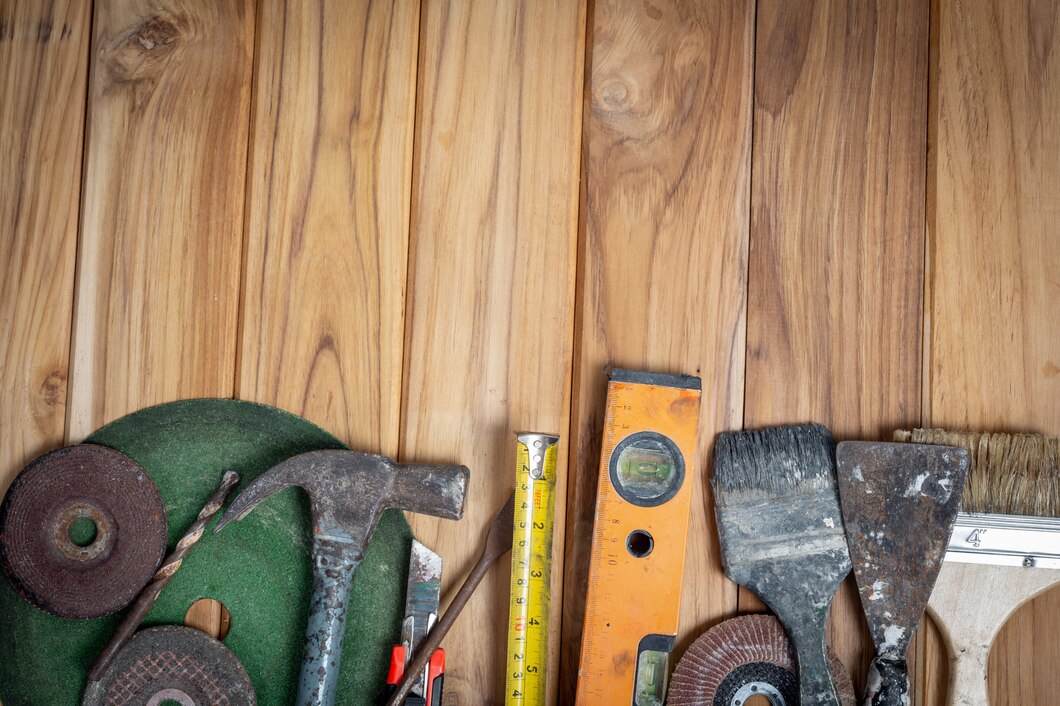
Sponsored article
In the world of construction, using the right tools can significantly affect the quality of your work. When it comes to handsaws, their selection is no exception. From ensuring precision and speed to guaranteeing your safety, the right handsaw can make a world of difference. In this guide, you will learn about the importance of choosing the right handsaw for your construction projects. Dive in and find out how you can deepen your understanding of handsaws and elevate the success of your projects.
Understanding the significance of the right tool selection in construction projects is crucial. One such tool that demands a mindful choice is a handsaw. High-quality handsaws come in various forms, appropriately designed to fulfill different objectives.
The ‘Types of handsaws’ include the rip-cut saw, crosscut saw, hacksaw, and coping saw. Each handsaw roles in a project can be distinct and decisive. A rip-cut saw, for example, is used for cutting along the grain of the wood, whereas a crosscut saw is preferred for cutting across it. A hacksaw has a much finer blade, perfect for cutting metals and plastics. A coping saw, with its thin blade, is applied for detailed, intricate cuts in wood.
Handsaw selection is critical to tackling your construction tasks successfully. Before making a decision, evaluate your project requirements, including materials you’ll be handling. Whether it’s the dense hardwood, delicate PVC, or flexible plastic, each material demands a unique saw with specific teeth per inch (TPI).
Your handsaw guide to choosing the right tool considering the material types is as follows:
In essence, aligning your handsaw selection with your project requirements guarantees efficiency while ensuring durability of the selected tool.
Comprehending handsaw maintenance is essential to derive optimum longevity and safe handsaw use. Over time, a handsaw’s sharpness may diminish, hampering its performance. Hence, periodic sharpening is crucial. Remember to carefully disengage the tool before performing any maintenance activities, and wear protecting gloves to prevent any injuries. Dry the blade after use to stop rusting, and store in a secure, dry place.
Speaking of safety precautions, it’s vital that this area is prioritized. Inspect your handsaw regularly and address any signs of wear or damage promptly. The emphasis should always be on safe use – make sure the handle is secure, and that you have a steady grip when using it. Always cut away from your body and maintain awareness of those in your vicinity to preclude accidents. By taking these steps, you can ensure your handsaw serves you well for your construction projects.